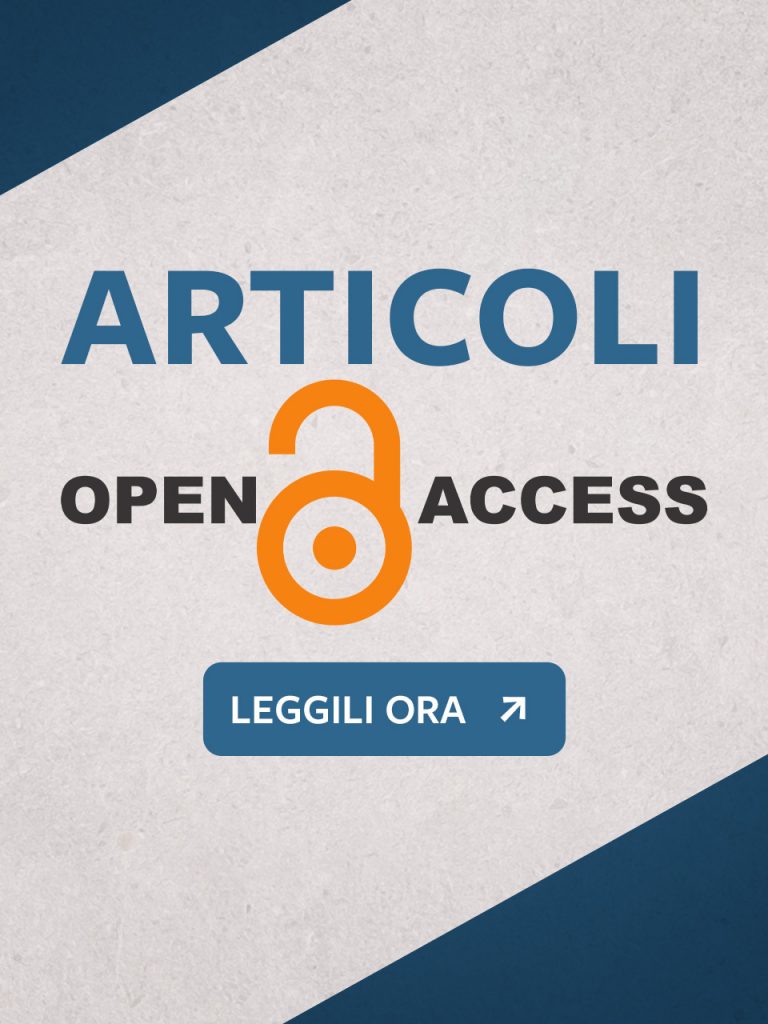The Use of a Speech-Generating Device as a Tool for Breaking Down Barriers in Participation
Alessia Fuselli, Alissa Fineschi, Laura Guida, Antonia Scarane, Eleonora Addati
It has been found that de novo mutations in STXBP1 cause severe early-onset epileptic encephalopathy. This paper describes an integrated rehabilitation project aimed at improving the communication capabilities of a young child with encephalopathy without epilepsy associated with STXBP1 disruption, severe intellectual disability and complex communication needs (CCN). The objective of the study is to examine the effects resulting from the use of a speech-generating device at the end of the first year of treatment. Treatment of the young girl started at the age of 10.4 years by introducing the use of a speech-generating device, specifically, an iPad with the AAC software, «Grid for iPad», for the duration of one year. The different tests used for assessment at the initial phase (10.4 years) and at follow-up (11.4 years) were: Battery for Language Assessment in Children (BVL 4-12), Child’s First Vocabulary (PVB), Child’s Socio-Conversational Skills (ASCB), QUEST (Quebec User Evaluation of Satisfaction with assistive Technology), and the ADIA scale (Assessment of Self-Determination in Intellectual Disabilities and Autism). Although it was not possible to administer a standardised test during the initial assessment, at follow-up a significant increase in language skills was reported through the use of the BVL 4-12. The integration of a speech-generating device resulted in a significant improvement in effective communication skills, including an increase in social participation as well as in the quality of life of the child and the caregivers.
Keywords
Augmentative and Alternative Communication, Heterozygous de novo STXBP1 mutations; Multidisciplinary Team, Non-verbal, School.

